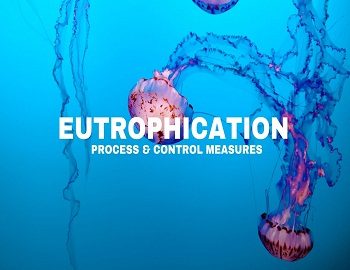
- The process of nutrient enrichment of water and consequent loss of species diversity is called eutrophication.
- Water polluted with inorganic fertilizers containing nitrates and phosphates or containing organic wastes causes eutrophication in water bodies.
- The Decomposition of organic wastes also increases nutrients in the water and causes eutrophication.
- During eutrophication, there is a luxuriant growth of algae, particularly blue-green in water. These form floating scums and water blooms.
- The algae use oxygen at night and may deoxygenate the water enough to kill the fish and other animals.
- The algal mat at the water surface may block light to the submerged plant.
- The algal species quickly complete their life cycle and die thereby adding a lot of dead organic matter, and feed the oxygen-consuming bacteria.
- They may be pushed on the shore by the wind and decompose, releasing foul gases, such as hydrogen sulfide.
- Silt and decaying matter may accumulate and finally fill the lake or pond. This process is called senescence. It is a natural stage in the change of a lake into dry land.
- Depending upon the climate, the size of the lake, and other factors, the natural ageing of a lake may span thousands of years.
- However, pollutants from man activities example- effluents from industries and residential premises, etc. can radically accelerate the ageing process. This phenomenon is termed as cultural or accelerated eutrophication.
Control of Eutrophication:
Following measures can be adopted to combat the phenomenon of Eutrophication-
- Wastewater must be treated before its discharge into water bodies.
- To reduce the amount of nutrients in the water body, bacterial growth should be stimulated.
- The dissolved nutrients can be removed by physio-chemical methods. For example- phosphorous can be removed by precipitation and nitrogen by nitrification or denitrification, electrodialysis, and ion exchange methods.
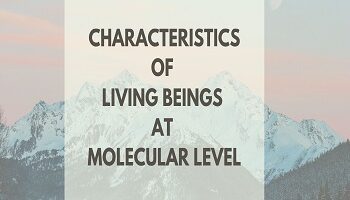
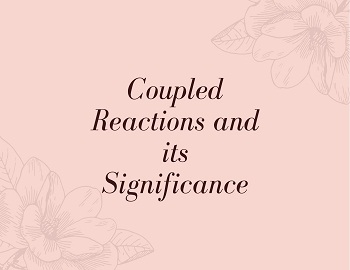


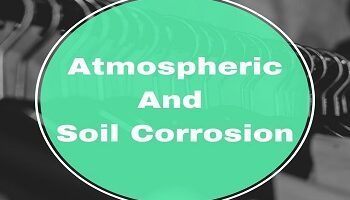
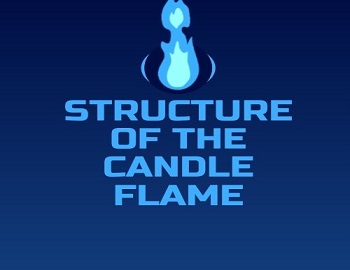
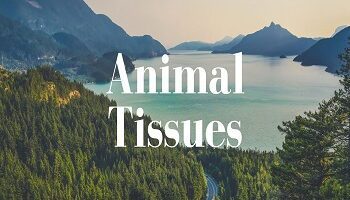
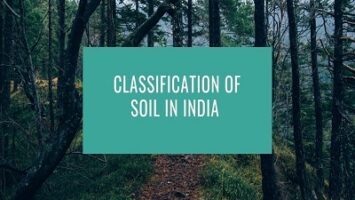
Comments (No)